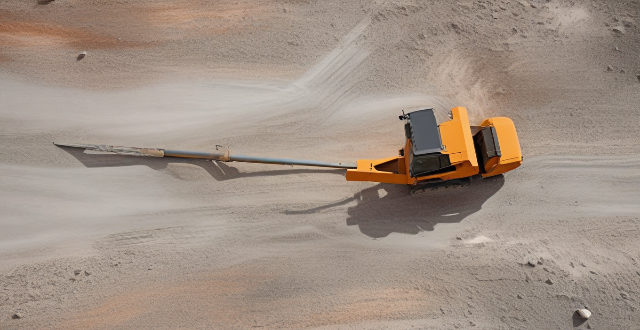Managing risks associated with working at height in construction requires proper risk assessment, use of appropriate equipment and tools, worker training, implementation of control measures, and ongoing monitoring and review of safety measures. By following these strategies, you can help ensure the safety of workers and prevent accidents while working at height.

Managing Risks Associated with Working at Height in Construction
Working at height is a common task in the construction industry, and it comes with its own set of risks. Proper risk management is essential to ensure the safety of workers and prevent accidents. Here are some key strategies for managing risks associated with working at height in construction:
1. Conduct a Risk Assessment
The first step in managing risks is to conduct a comprehensive risk assessment. This involves identifying all potential hazards associated with working at height, evaluating the likelihood and severity of each hazard, and determining appropriate control measures to mitigate these risks.
Key Points:
- Identify all potential hazards (e.g. falls, dropped objects, electrocution)
- Evaluate the likelihood and severity of each hazard
- Determine appropriate control measures to mitigate these risks
2. Use Appropriate Equipment and Tools
Using the right equipment and tools is crucial for working safely at height. This includes personal protective equipment (PPE) such as harnesses, helmets, and safety goggles, as well as specialized tools like ladders, scaffolding, and lifting equipment.
Key Points:
- Use appropriate PPE (e.g. harnesses, helmets, safety goggles)
- Use specialized tools (e.g. ladders, scaffolding, lifting equipment)
- Ensure that all equipment is regularly inspected and maintained
3. Train Workers on Safety Procedures
Proper training is essential for ensuring that workers understand how to work safely at height. This includes providing instruction on how to use equipment properly, how to identify and report hazards, and what to do in case of an emergency.
Key Points:
- Provide instruction on how to use equipment properly
- Teach workers how to identify and report hazards
- Instruct workers on emergency procedures
4. Implement Control Measures
Once potential hazards have been identified, appropriate control measures should be implemented to mitigate these risks. This may include engineering controls (e.g. guardrails, nets), administrative controls (e.g. work restrictions, permits), or personal protective equipment (PPE).
Key Points:
- Implement engineering controls (e.g. guardrails, nets)
- Implement administrative controls (e.g. work restrictions, permits)
- Use personal protective equipment (PPE) as a last resort
5. Monitor and Review Safety Measures
Finally, it's important to regularly monitor and review safety measures to ensure they remain effective. This includes conducting regular inspections of equipment and work areas, reviewing incident reports, and updating safety procedures as needed.
Key Points:
- Conduct regular inspections of equipment and work areas
- Review incident reports and near misses
- Update safety procedures as needed
In conclusion, managing risks associated with working at height in construction requires a combination of proper risk assessment, use of appropriate equipment and tools, worker training, implementation of control measures, and ongoing monitoring and review of safety measures. By following these strategies, you can help ensure the safety of workers and prevent accidents while working at height.